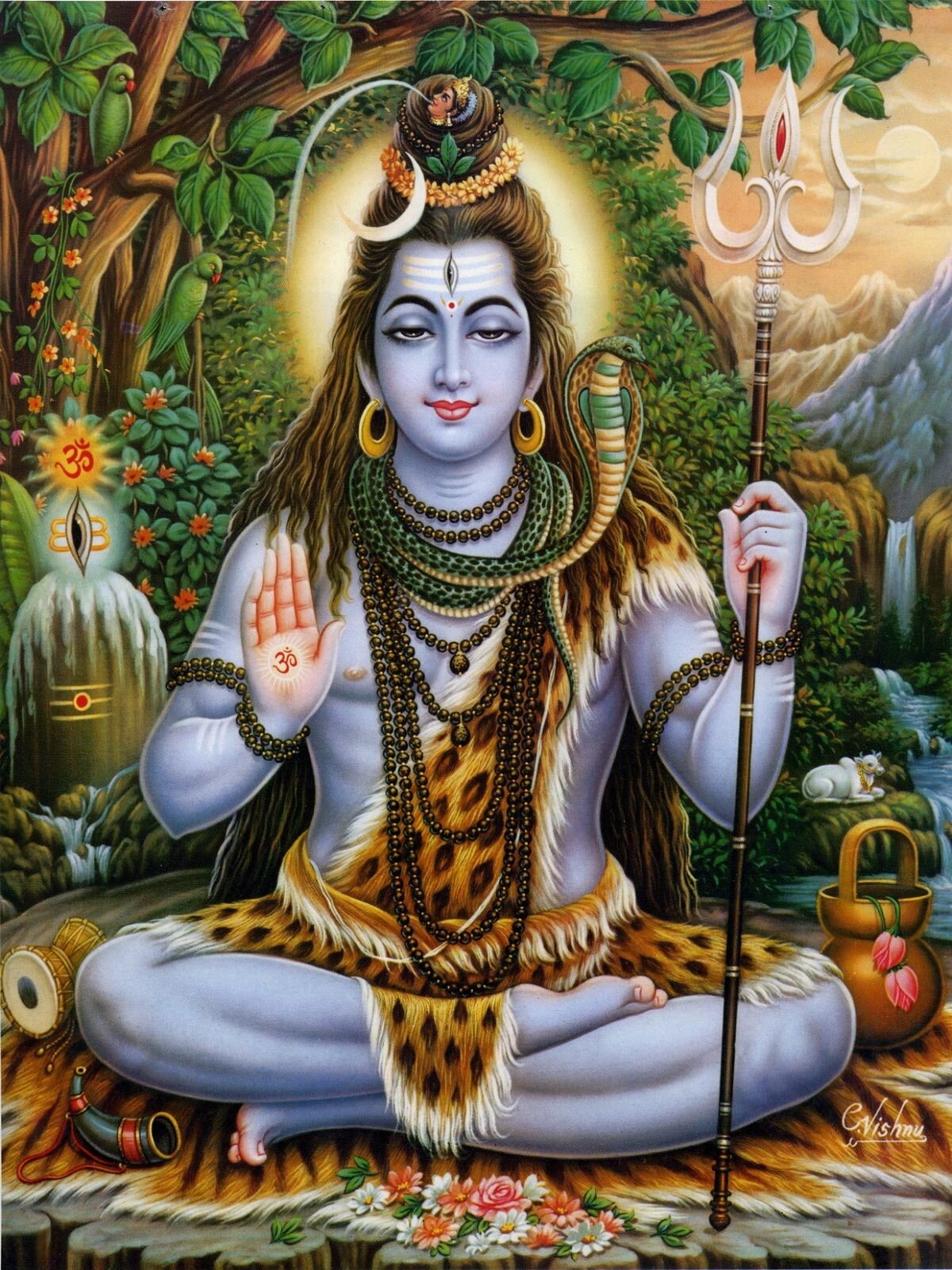Another of the earliest stories we have about Cannabis comes from the Vedas, scripture from ancient India which refer to it as one of the five sacred plants.
The Vedas are dated between 2000BC and 1400BC and there are two stories on the origins of how Cannabis came into use, both linked to the god Shiva.
One is that after getting into an argument with his family one day, he went off by himself, wandering on a mountain until falling asleep under a leafy plant. When he woke up, he ate some of the leaves and felt rejuvenated and peaceful, so it became one of his favourite snacks.
Another says that Shiva was poisoned when fellow gods Brahma and Vishnu churned an ocean of milk trying to create a potion of immortality and it was drinking Bhang — made from drops of the milk that spilled as they took it away, mixed with Cannabis — that saved him.
It was called by its Sanskrit name, Ganja, which is still widely used today.
Along with using Cannabis as a textile, ancient Hindus would rub flowering buds between their hands then scrape the residue and roll it into a ball, called Charas.
Those were eaten, or boiled in milk with herbs and spices to make Bhang,
Ancient people wouldn’t have known about the need for decarboxylation — using heat to activate the THC, CBD and other cannabinoids — so the effects would have seemed magical to many who drank it.
Consumption of bhang continues today, especially as part of Maha Shivaratri and Holi, both spring festivals.
This is one of the earliest examples of Cannabis being used as a drug and would be what we know today as Cannabis Indica.




